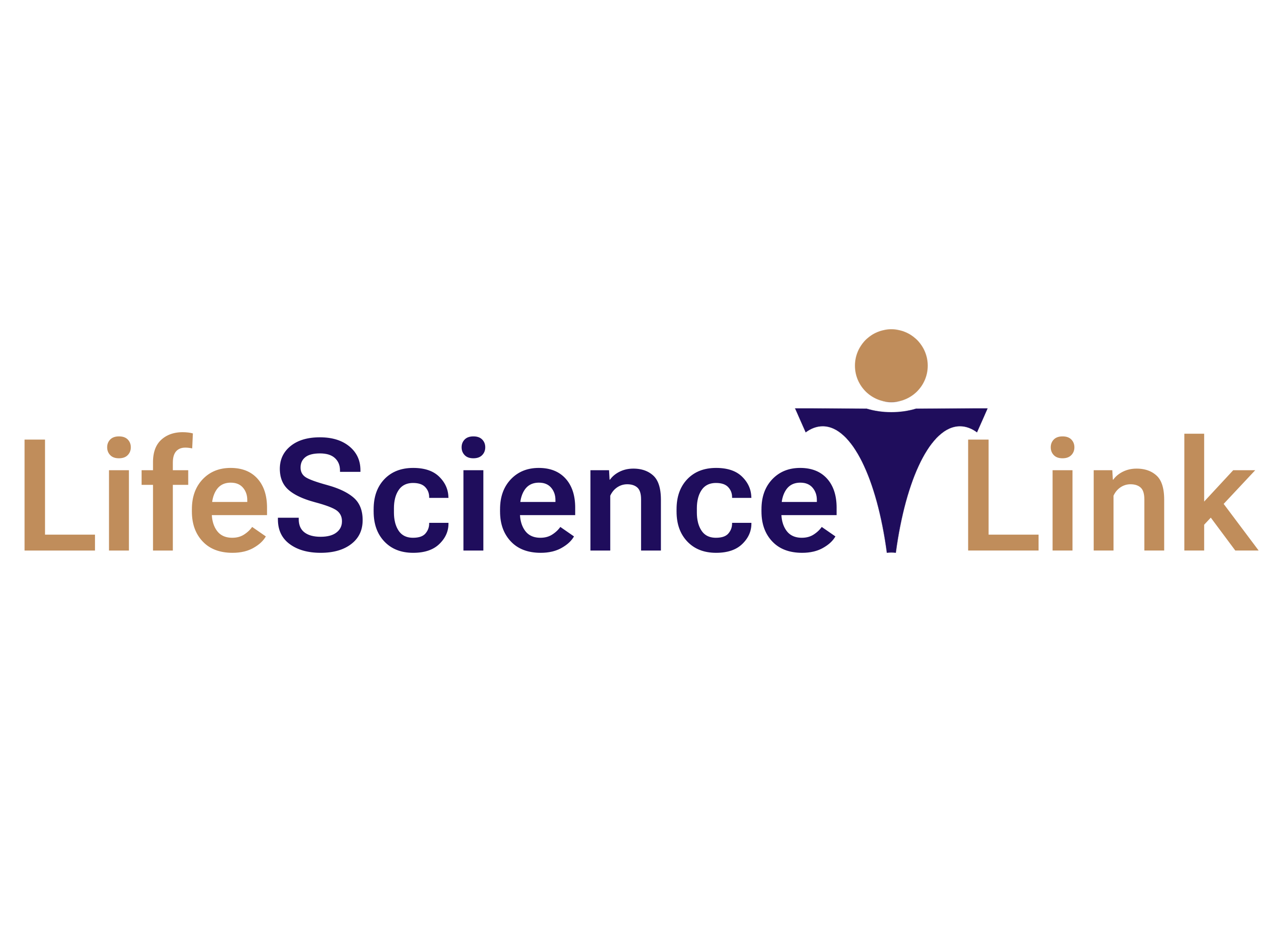Teamwork and Collaboration in Life Sciences


Uniting Expertise for Breakthroughs
Can a single scientist change the world? Not likely—because in life sciences, no discovery happens alone. From developing new treatments to managing clinical trials or delivering regulatory submissions, teamwork and collaboration are the heartbeat of progress. By uniting researchers, clinicians, data scientists, and regulators, these skills drive innovation and ensure operational success in a complex, multidisciplinary field.
The Cross-Functional Nature of Life Sciences
Modern life sciences organizations thrive on diverse expertise. A single drug launch might involve molecular biologists designing compounds, clinical research associates coordinating trials, regulatory experts navigating FDA approvals, and medical writers crafting submissions—all under tight deadlines and strict compliance rules. Collaboration isn’t just helpful—it’s critical to align teams, streamline workflows, and maintain data integrity. A misstep, like a lab team failing to sync with clinicians, can delay a trial by months or compromise patient safety.
For CandidatesHow to Stand Out
Your ability to work seamlessly with others can make your application shine, especially in roles like:
- Clinical Research: Coordinating with sites, CROs, sponsors, and vendors demands constant teamwork.
- R&D: Experiments rely on interdependent tasks across lab teams.
- Regulatory Affairs: Synthesizing input from multiple departments ensures compliant submissions.
Highlight your teamwork skills in your CV or interviews with examples like:
- Collaborating across departments, such as aligning lab and data teams to resolve a trial discrepancy.
- Resolving conflicts constructively, like mediating a scheduling clash between clinicians and analysts.
- Driving a team to meet a deadline, such as rallying colleagues to finalize a regulatory dossier.
Even as an individual contributor, sharing knowledge or supporting peers shows you’re a team player. Practice active listening and use tools like Slack or Microsoft Teams to enhance collaboration skills. In interviews, share a story of how your teamwork saved a project—like ensuring a trial stayed on track by bridging a communication gap.
For EmployersWhy Collaboration Impacts the Bottom Line
Hiring collaborative professionals reduces friction and boosts performance, delivering tangible results:
- Knowledge transfer: Team players share insights, cutting training time by 20%.
- Faster problem-solving: Diverse input resolves issues 30% quicker.
- Stronger compliance: Aligned teams reduce documentation errors by 25%.
- Better morale and retention: Collaborative cultures improve employee satisfaction by 35%.
Without collaboration, teams become siloed, communication falters, and projects stall—costing the industry billions annually in delays. Leading biotech firms now assess soft skills like emotional intelligence and conflict resolution alongside technical expertise. In interviews, ask: “How have you bridged a gap between teams?” or “Describe a time you turned a team conflict into a win.” A clinical trial manager notes, “We hire people who make the whole team stronger, not just their own work.”
What Teamwork Looks Like in Practice
Strong collaborators in life sciences:
- Actively share knowledge, like documenting protocols for peers.
- Respect diverse expertise, valuing a clinician’s perspective as much as a data scientist’s.
- Adapt communication for different audiences, from lab techs to executives.
- Foster inclusive cultures, encouraging quieter voices to contribute.
- Deliver reliably on shared goals, ensuring no teammate is left hanging.
These behaviors are vital in high-stakes settings like clinical trials, where a small miscommunication can jeopardize data integrity or compliance.
Encouraging Better Collaboration
Fostering teamwork goes beyond hiring—it requires structure and culture. Companies can:
- Build cross-functional teams with clear roles and shared objectives.
- Use platforms like Asana to promote transparency and track progress.
- Train staff in soft skills, like active listening or conflict resolution.
- Reward collaboration through recognition programs or team-based incentives.


LifeScience-Link’s Perspective
At LifeScience-Link, we know breakthroughs depend on teams that work as one. We go beyond technical skills, using behavioral interviews and team-based assessments to find candidates who unite diverse expertise and drive progress. Our recruitment process ensures clients get professionals who don’t just excel individually but amplify their teams, pushing science forward together.
